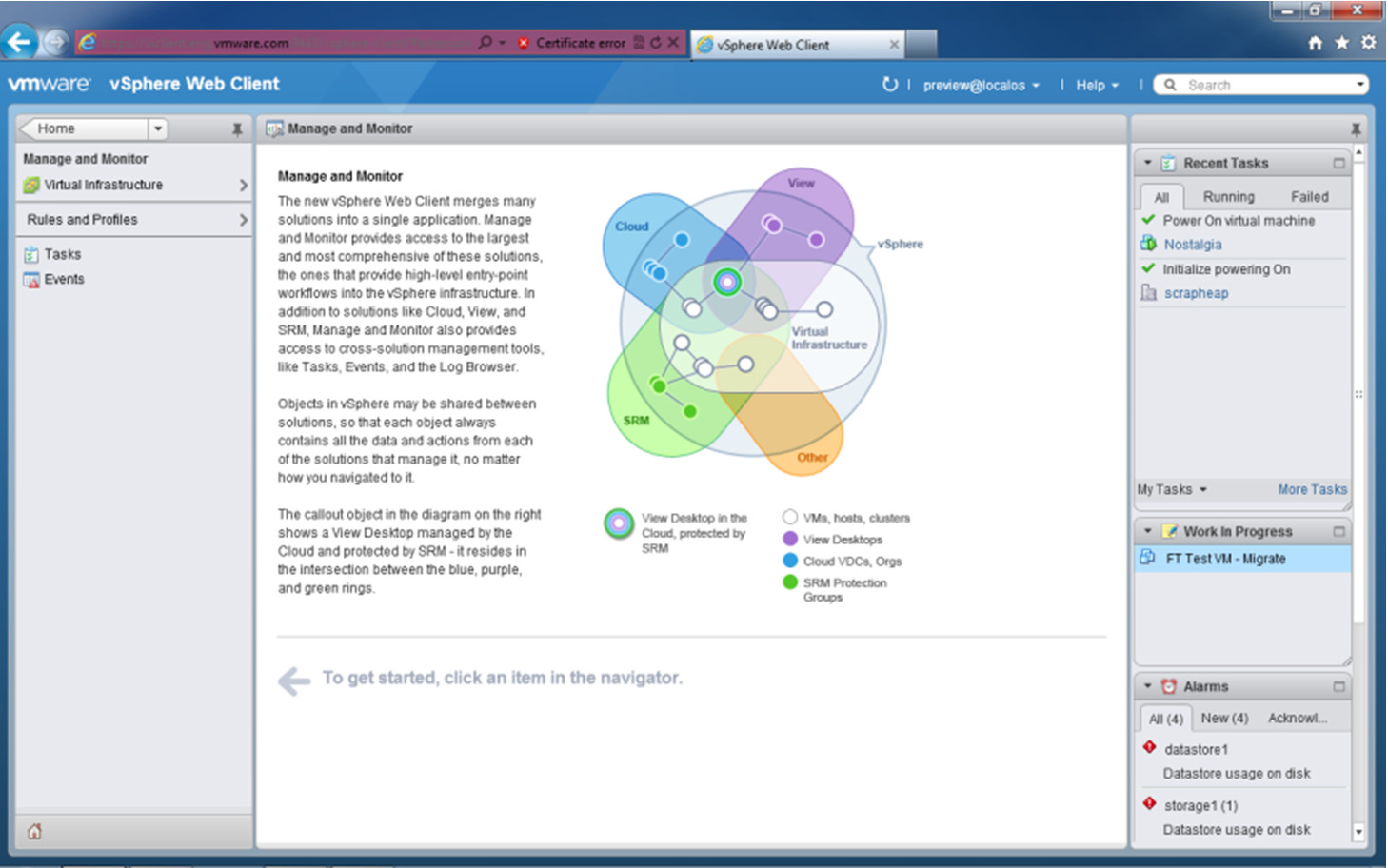
The arbitrator is a dedicated service on an ESXi server. There are three main components required for USB passthrough functioning: the arbitrator, USB controller, and physical USB device. It may happen that users need to use software that is protected by hardware USB license keys on virtual machines. Another use case of this feature is when you need to copy files from/to a USB hard disk drive to/from a virtual machine directly with high speed.

You can install the old Windows version supported by the USB device and connect this device to a virtual machine. For example, you have an old scanner or printer that doesn’t have drivers for the latest Windows OS versions. Reasons vary for using passthrough for a USB device from the ESXi server to a guest operating system (OS) of a virtual machine. VMware passthrough is a feature available starting with ESXi 4.1. VMware USB device passthrough is a feature that allows you to connect a physical USB device attached to a USB port of a physical ESXi server to a virtual machine as if the USB device was connected to a virtual machine directly. This blog post explains how to use this feature on ESXi hosts in VMware vSphere. VMware allows you to connect USB devices to virtual machines by using the USB passthrough feature (passing the device through). If your external physical device has the USB interface, you can attach this device to a virtual machine running on VMware Workstation and ESXi server. This device can be a printer, scanner, USB flash drive, USB hard disk drive, USB smart card reader, security dongles, USB license keys, etc.

Sometimes you may need to connect a physical device to a virtual machine directly. Virtual controllers, disks, DVD-ROM, video card, network cards, input devices, and other devices are usually created in a virtual machine. When using virtual machines, the principle of hardware virtualization is used and hypervisor software emulates devices used by VMs on the software level.

By Michael Bose How to Use USB Devices with a VMware vSphere Virtual Machine


 0 kommentar(er)
0 kommentar(er)
